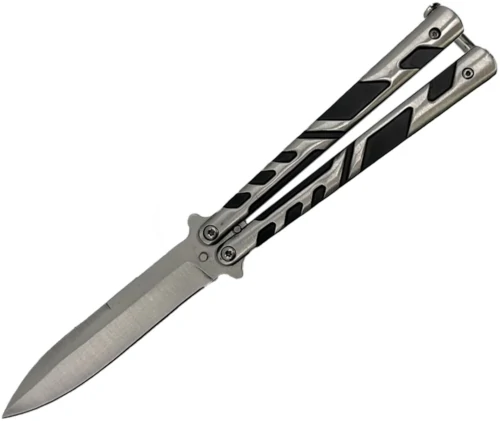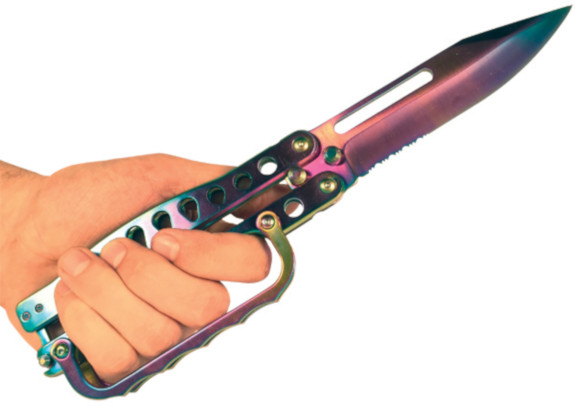Are Butterfly Knives Illegal?
03/09/2025

Are butterfly knives illegal? It varies—balisongs face bans in some states, freedom in others. TBOTECH sells them where legal—here’s your 2025 guide.
Why Are Butterfly Knives Illegal?
Their flip-open speed and concealability worry lawmakers—similar to switchblades. FBI data shows knives tied to over 10% of violent crimes (e.g., murders, assaults), fueling bans. Safety drives the rules, not just stats.

U.S. Laws
- Banned: CA, NY, IA—26 states (see Shipping Restrictions).
- Legal: TX, FL, AL—carry where allowed.
- Restricted: WA (home only)—check local codes.
Examples: CA bans over 2 in., TX has no limits.
Global Laws
- UK: Banned—Offensive Weapons Act.
- Canada: Prohibited—no import.
- Australia: Collectors only—permits needed.
- Germany: Own yes, carry no.
Shop TBOTECH’s Butterfly Knives
Legal in your state? Grab ours:
- Category: Butterfly Knives—8 models, from $19.95.
- Features: Sharp, flip-ready—perfect for enthusiasts.
- Shipping: Allowed states only—Buy Now.
- Banned: CA, NY, etc.—26 states off-limits (list here).
Alternatives: Stun Guns, Pepper Spray—legal most places.
Stay Legal
TX says yes, CA says no—check your state. Shop TBOTECH for legal balisongs or safer options—stay sharp, stay safe!
Comments
Add your comment now!
Post CommentRecent posts
-
03/12/2025Best Stun Guns for Self-Defense in 2025
-
03/11/2025How to Prevent Kidnapping – Top Safety Tips
-
03/11/2025What Do Rapists Look For? 10 Red Flags to Avoid


 Closed Black Balisong
Closed Black Balisong